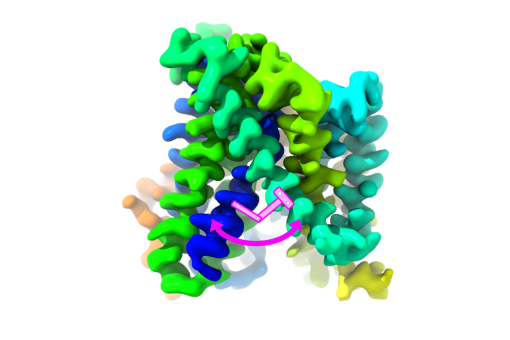Images
Participants



Contact

PNAS publishes a study by the team headed by ICREA research professor Lluís Ribas. The study demonstrates that transfer RNA genes are expressed in a differential manner in human tissue in order to form smaller fragments, whose function is still unknown.
Understanding the biological function of these fragments and the key role that the transfer RNA gene plays in the regulation of their levels will pave the way to improve, alter or inhibit their activity.
Transfer RNA (tRNA) is a type of ribonucleic acid that plays a crucial role in protein synthesis. It is used for gene translation and for the synthesis of the corresponding proteins in all organisms.
However, tRNA is not limited to protein synthesis. Cells can also use it to produce smaller fragments of RNA, known as tRFs. These molecules carry out regulatory functions, but details about how the control of their production are lacking.
A study headed by researchers Lluís Ribas and Dr. Adrian Gabriel Torres, from the Gene Translation Laboratory at the Institue for Research in Biomedicine (IRB Barcelona), and published in PNAS addresses whether tRNAs produced in the cell are used indistinctly for gene translation and tRF formation.
The study concludes that most tRNAs that show variations in expression between different tissues of the human body are not used for protein synthesis buut rather that most are turned into tRFs. This study shows for the first time that the abundance of tRFs in human cells is regulated by the expression of the tRNA gene.
Ribas, ICREA researcher at IRB Barcelona, explains that “the study has some interesting aspects since, as we gain understanding of the biological functions of tRFs, understanding the key role played by the tRNA gene in regulating their expression will be crucial for the design of strategies to improve, alter or inhibit their activity”.
Done in collaboration with Camille Stephan-Otto Attolin i and Oscar Reina, researchers in the Biostatistics and Bioinformatics Unitat IRB Barcelona, the study has involved the use of a bioinformatics strategy. This approach has allowed the researchers to study the differential expression of the tRNA gene and compare it with sets of tRNA sequence data from cultured human cells and brain cells.
Reference article:
Adrian Gabriel Torres, Oscar Reina, Camille Stephan-Otto Attolini, and Lluís Ribas de Pouplana
Differential expression of human tRNA genes drives the abundance of tRNA-derived fragments
PNAS (2019) DOI :10.1073/pnas.1821120116
About IRB Barcelona
The Institute for Research in Biomedicine (IRB Barcelona) pursues a society free of disease. To this end, it conducts multidisciplinary research of excellence to cure cancer and other diseases linked to ageing. It establishes technology transfer agreements with the pharmaceutical industry and major hospitals to bring research results closer to society, and organises a range of science outreach activities to engage the public in an open dialogue. IRB Barcelona is an international centre that hosts 400 researchers and more than 30 nationalities. Recognised as a Severo Ochoa Centre of Excellence since 2011, IRB Barcelona is a CERCA centre and member of the Barcelona Institute of Science and Technology (BIST).




